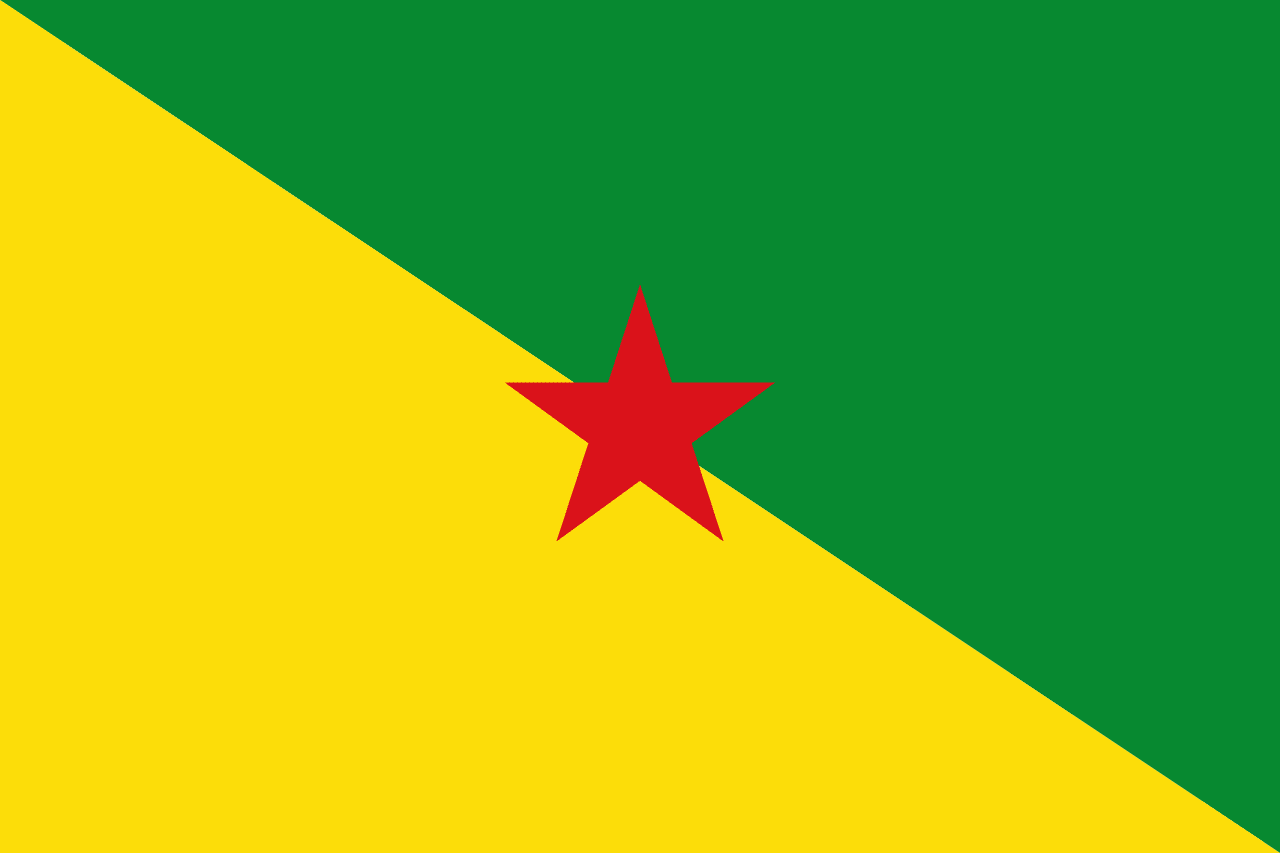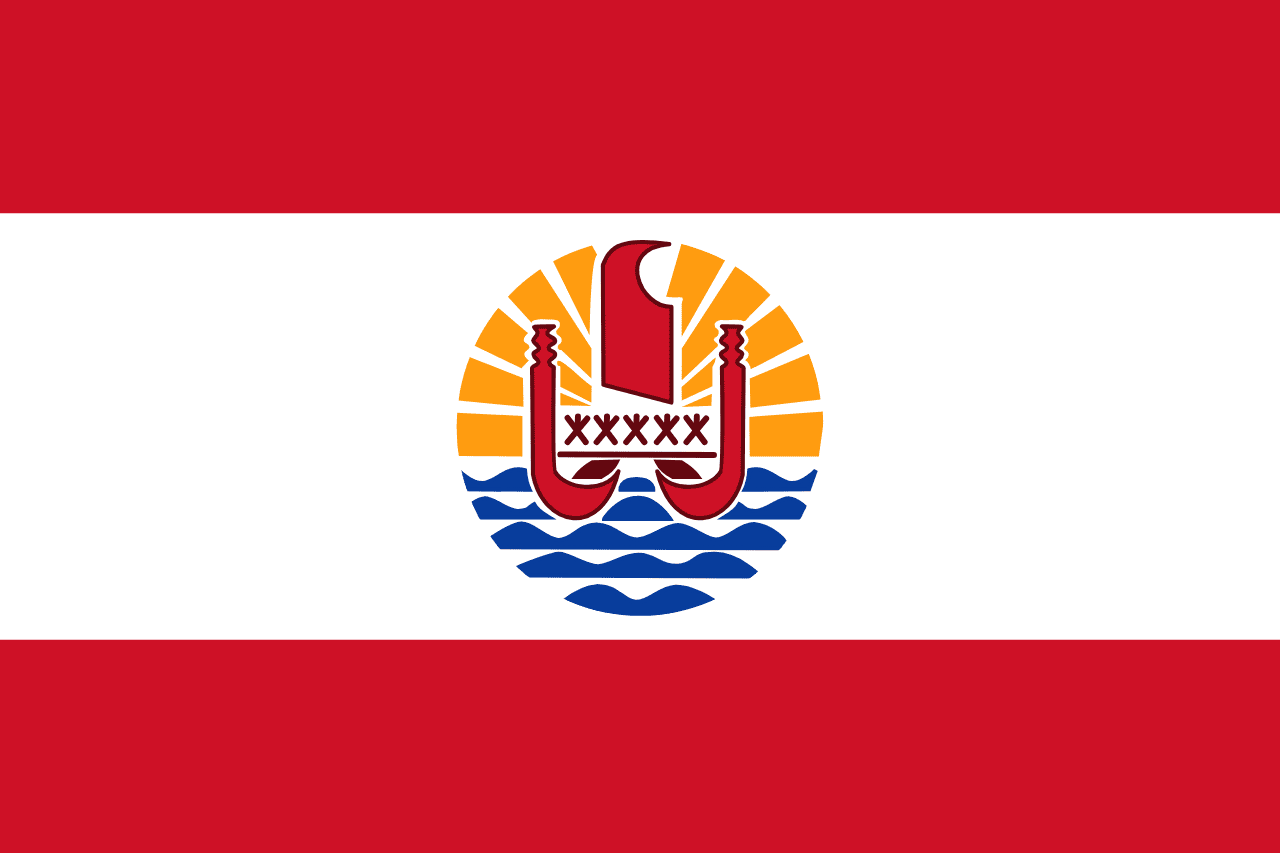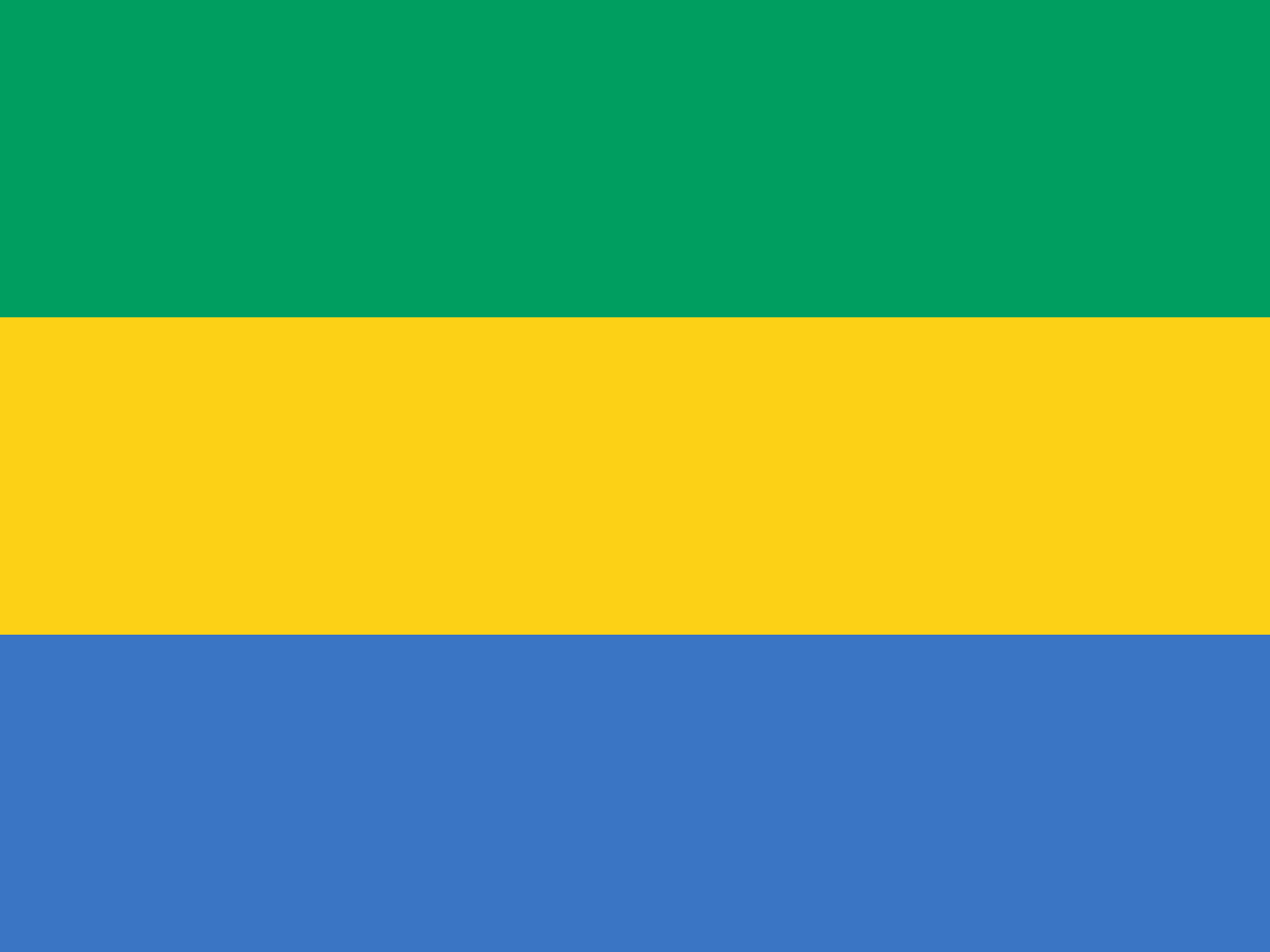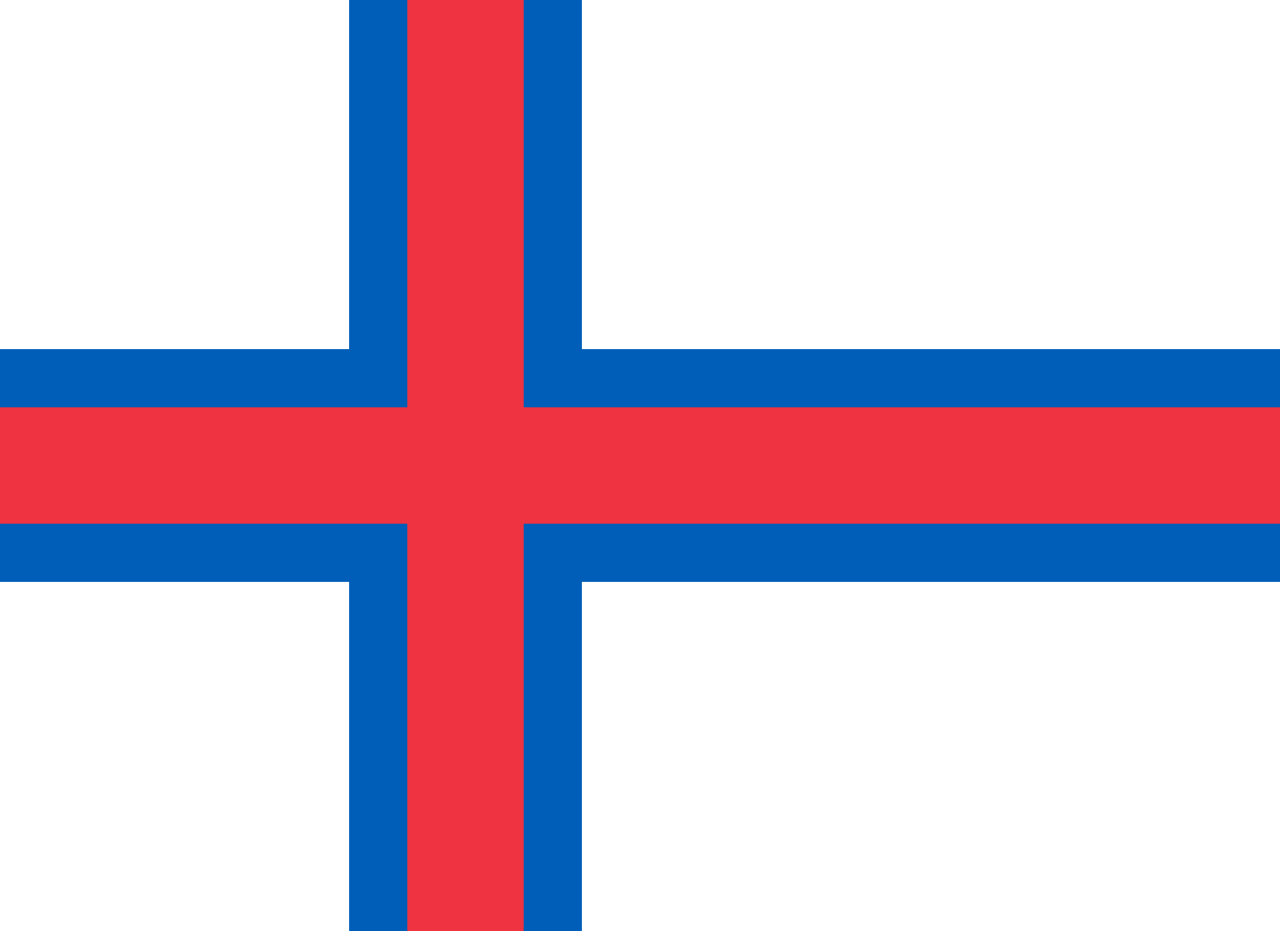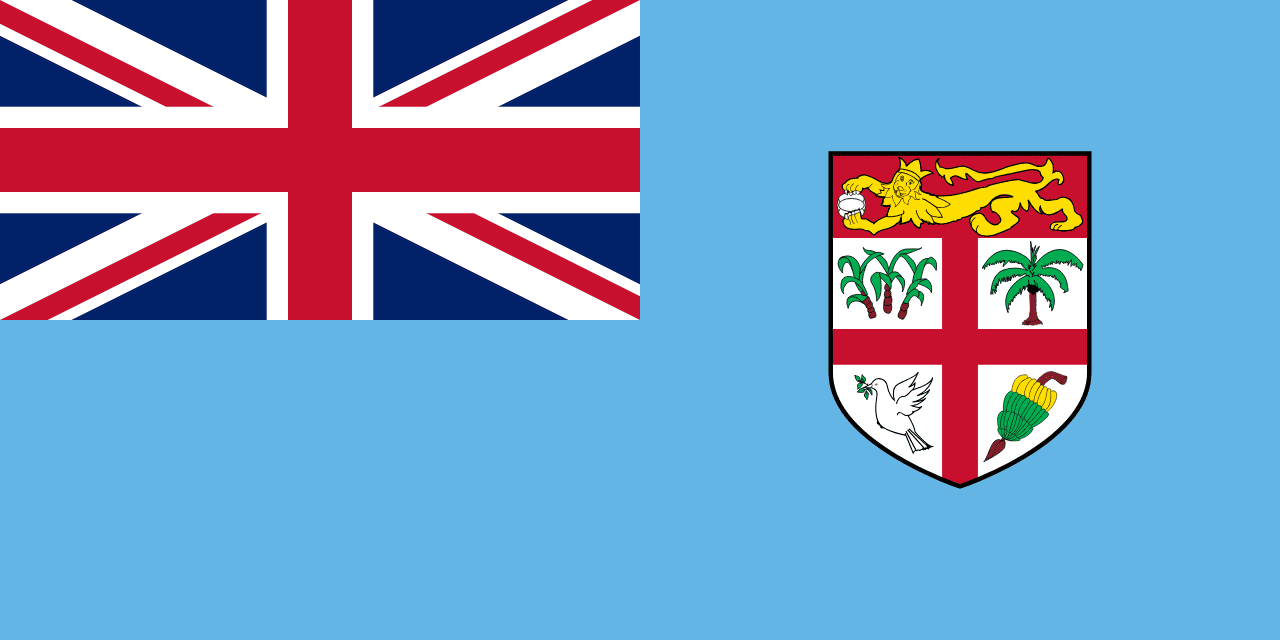The flag of France, known as the Tricolore (tricolor), consists of three equal vertical stripes: blue, white, and red. This iconic design has become one of the most recognizable and influential national flags in the world.
France information
| National Flag Day | — |
| Sovereign state | Yes |
| Official name | French Republic |
| Capital | Paris |
| Population | 67,221,857 |
| Area | 643,801 km² |
| Currency | Euro (EUR) |
| Language | French |
| Continent | Europe |
| Region | Western Europe |
| Subregion | — |
| Borders | Andorra, Belgium, Germany, Italy, Luxembourg, Monaco, Spain, Switzerland |
| Timezone | Central European Time (CET) UTC+1 |
| Calling code | +33 |
| Top-level domain | .fr |
History of the French flag
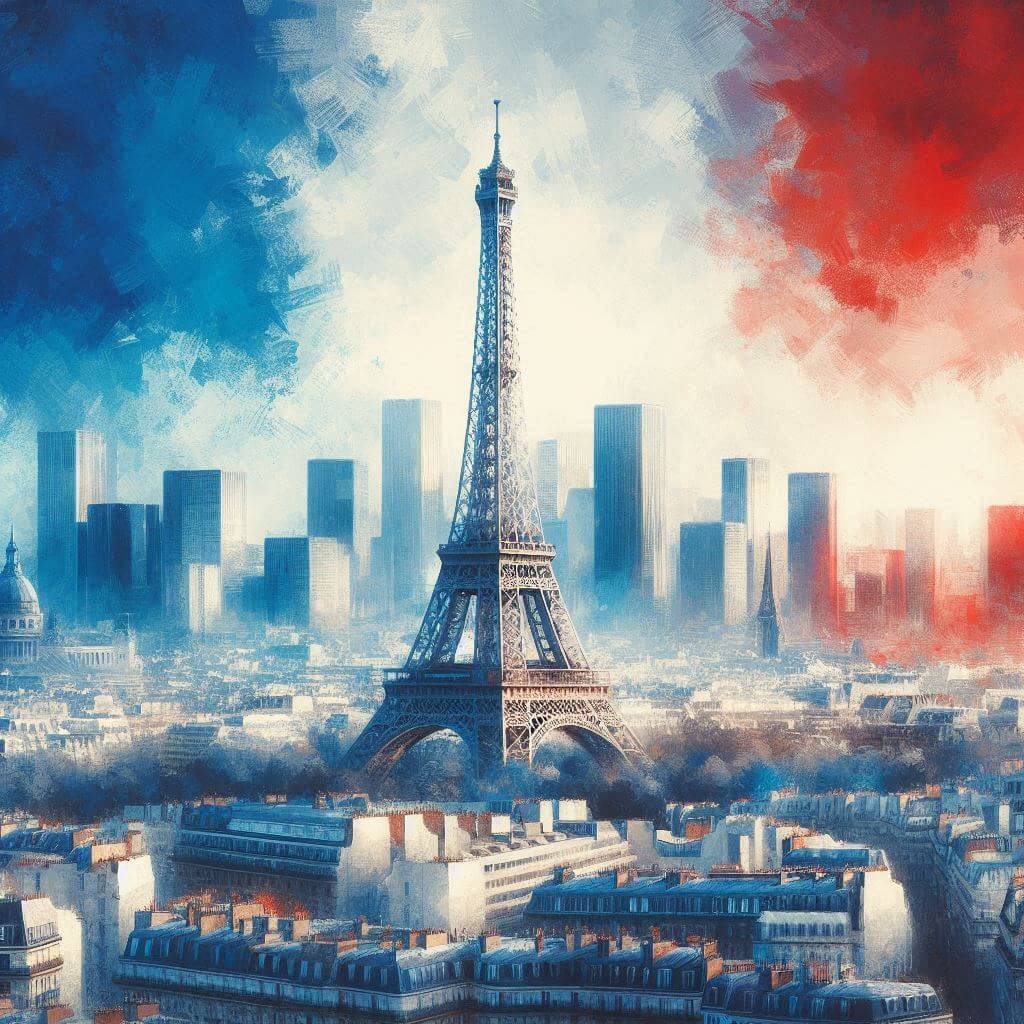 The Tricolore was officially adopted on February 15, 1794, during the French Revolution. However, its origins can be traced back to July 1789, when revolutionary Parisians stormed the Bastille. The flag's colors are rooted in history: the blue and red were traditional colors of Paris, derived from those on the city's coat of arms. These colors were combined with white, traditionally associated with the French monarchy, to create a new symbol of national unity and revolutionary ideals.
The Tricolore was officially adopted on February 15, 1794, during the French Revolution. However, its origins can be traced back to July 1789, when revolutionary Parisians stormed the Bastille. The flag's colors are rooted in history: the blue and red were traditional colors of Paris, derived from those on the city's coat of arms. These colors were combined with white, traditionally associated with the French monarchy, to create a new symbol of national unity and revolutionary ideals.
Throughout French history, the Tricolore has undergone periods of disuse and reinstatement. It was temporarily replaced during the Bourbon Restoration (1814-1830) but was readopted in 1830 and has remained the national flag ever since, surviving various political regimes and revolutions.
Symbolism and design of the French flag
The French flag's design is rich in symbolism, embodying the core values of the French Republic. Each color carries significant meaning:
- Blue: Represents liberty (liberté) and is associated with Saint Martin, a Roman Catholic saint who was a patron of France.
- White: Symbolizes equality (égalité) and has historical connections to the French monarchy. In the context of the revolution, it came to represent the purity of the nation's ideals.
- Red: Stands for fraternity (fraternité) and is traditionally associated with Saint Denis, another patron saint of France.
Together, these colors represent the famous motto of the French Republic: "Liberté, Égalité, Fraternité" (Liberty, Equality, Fraternity). The vertical arrangement of the stripes is significant, as it distinguishes the French flag from other tricolor flags and emphasizes the equality of the colors and the values they represent.
Usage and significance of the French flag
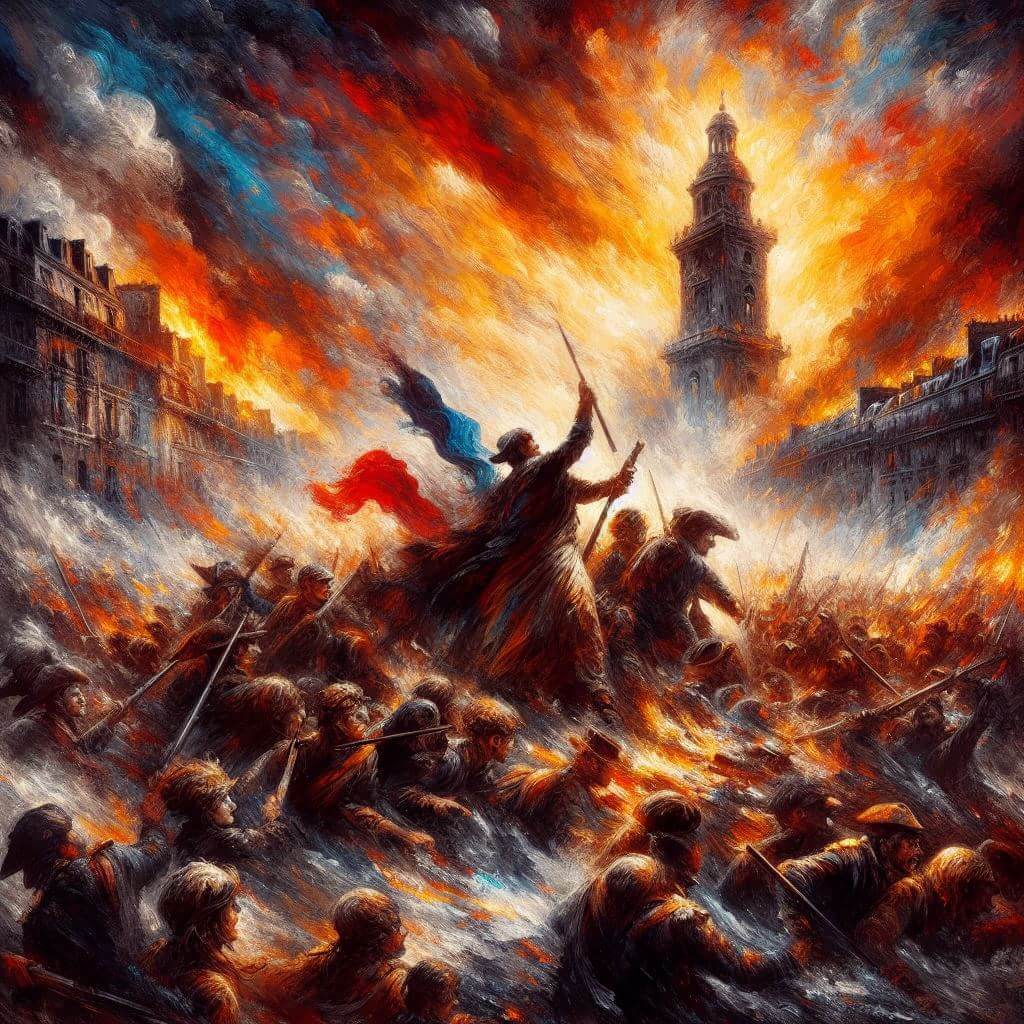 The Tricolore is omnipresent in France and holds immense cultural and political significance. It is flown on all government buildings, schools, and public institutions. The flag is prominently displayed during national holidays, particularly Bastille Day (July 14), when it adorns streets, buildings, and public spaces across the country.
The Tricolore is omnipresent in France and holds immense cultural and political significance. It is flown on all government buildings, schools, and public institutions. The flag is prominently displayed during national holidays, particularly Bastille Day (July 14), when it adorns streets, buildings, and public spaces across the country.
In times of national crisis or mourning, the French flag is often used as a rallying symbol. For instance, after terrorist attacks, many French citizens display the flag as a sign of solidarity and resilience. The flag is also central to state ceremonies, military parades, and international sporting events where it represents France.
Internationally, the French flag is recognized as a symbol of France's historical influence, cultural contributions, and commitment to democratic values. It flies at French embassies and consulates worldwide and is a familiar sight at international organizations where France is a member.
Interesting facts about the French flag
- The design of the French Tricolore has influenced numerous other national flags around the world, particularly in countries that have undergone revolutions inspired by French ideals. Examples include the flags of Italy, Romania, and Ireland.
- The exact shades of blue and red in the French flag have varied over time. In 1976, a darker shade of blue was introduced for aesthetic reasons, but in 2020, President Emmanuel Macron decided to revert to the lighter blue shade used before 1976.
- French law stipulates that the three stripes of the flag must be of equal width. However, when the flag is flown from a pole, the blue stripe is often made slightly wider to account for the optical illusion caused by fluttering in the wind.
- The French flag is so integral to national identity that it's protected by law. Desecrating the Tricolore can result in fines or imprisonment.
- In French overseas territories, the Tricolore is the official flag, but many territories also have their own unofficial flags used locally to represent regional identity.
